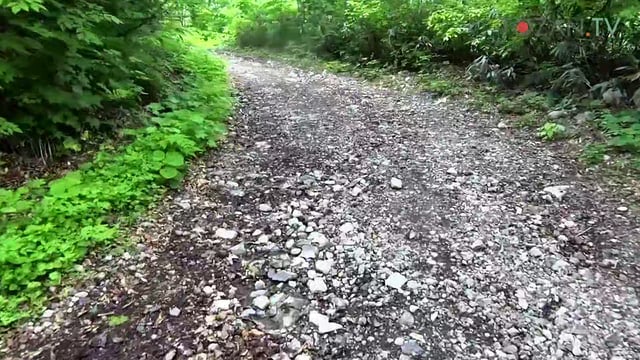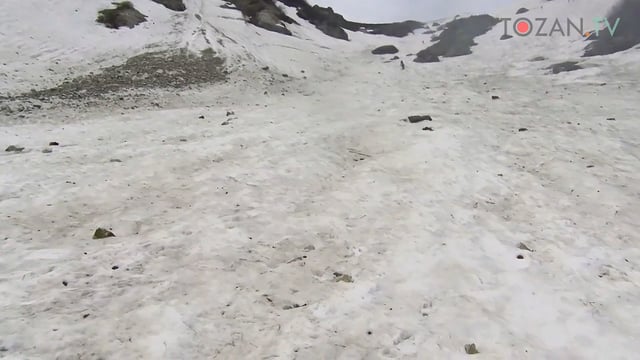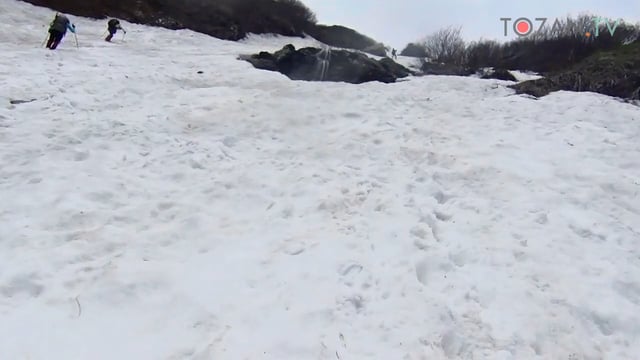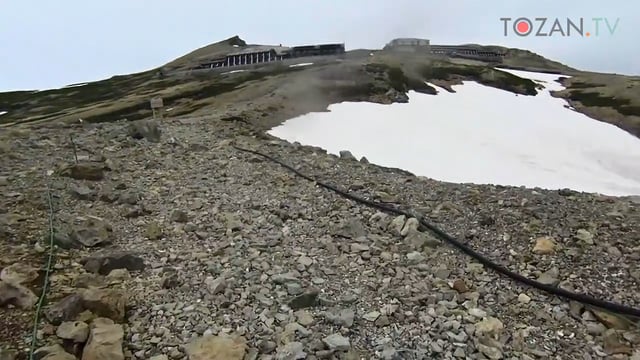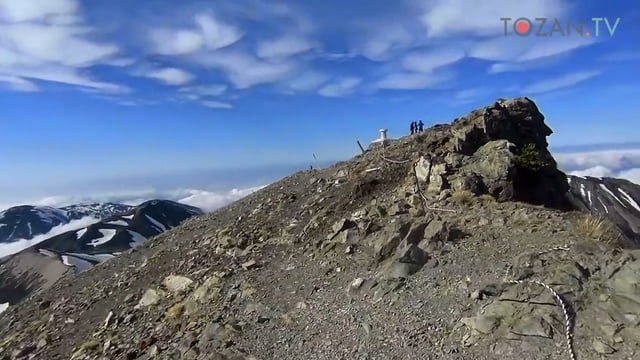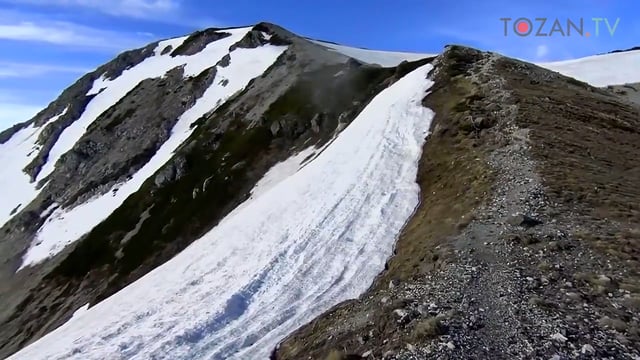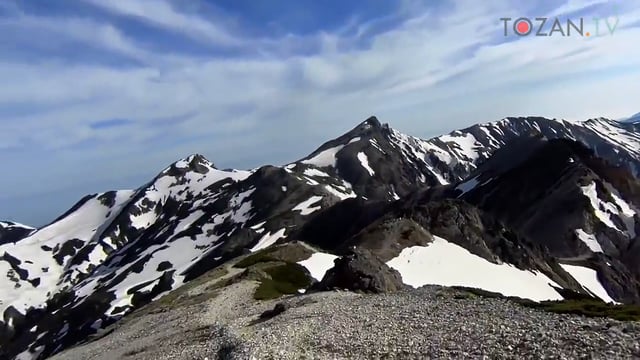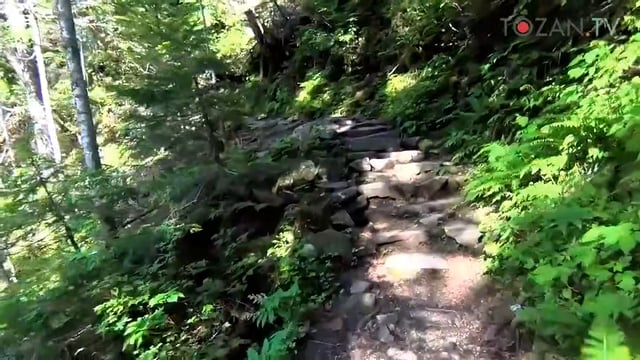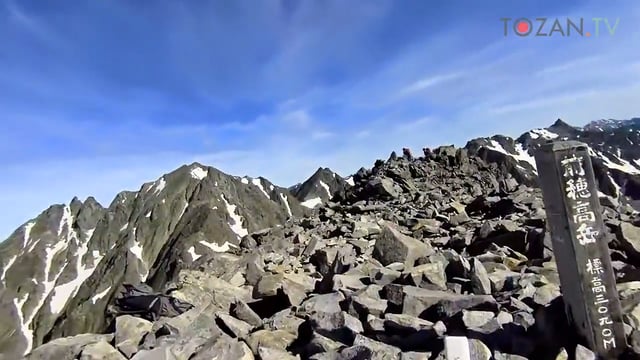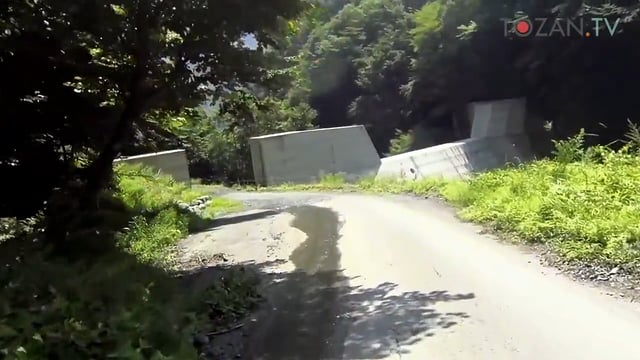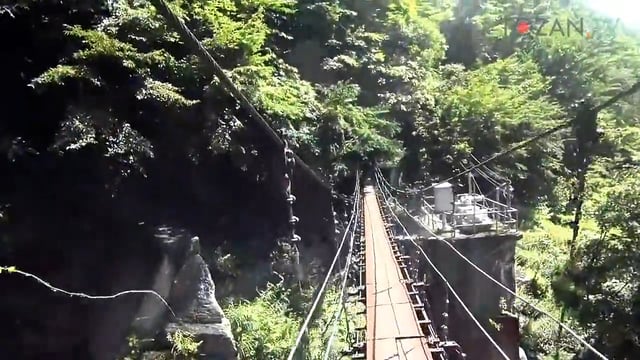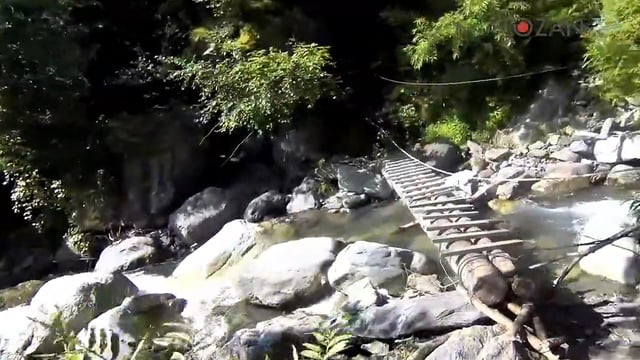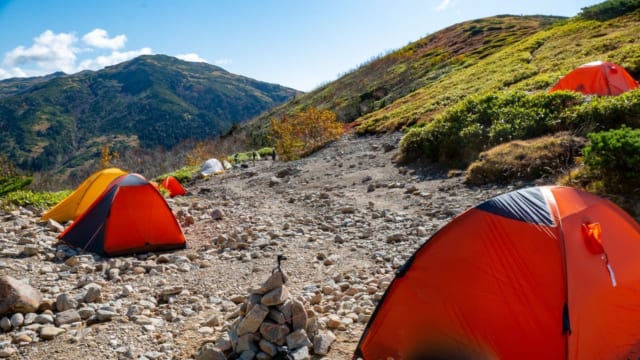| Time | Event |
|---|---|
| 00:11:31 | Kita-dake |
| 00:28:16 | reached Nakashirane-san |
From the Kitadake-sanso to Nakashirane-san
I had lunch around the Kitadake-sanso1. Next destination is Aino-dake2. I need to hike to Nakashirane-san3 at first. It’s a great view on the ridge. You can see Central Japanese Alps4 on your right, Houou-sanzan5 on your left.
- 北岳山荘(きただけさんそう). “山荘” is the meaning of a hut. When we call a hut in Japanese, there are some variations of expression. "小屋(こや・koya/goya)", "山荘(さんそう・sanso)", "小舎(こや・koya/goya)", "ヒュッテ(ひゅって・hutte)", "宿舎(しゅくしゃ・shukusha)" and so on. They are all same meanings, the place where you can use for accommodation, but I think there is no obvious difference between them. ↩
- 間ノ岳(あいのだけ). "間" means between. Aino-dake is center of Shirane-sanzan, and located "between" Kita-dake and Noutori-dake. ↩
- 中白根山(なかしらねさん). "中" means center. ↩
- 中央アルプス(ちゅうおうあるぷす). "中央" means center. Central Japanese Alps is a mountain range in Nagano prefecture, also called Kiso-sanmyaku in Japanese. In Japan, there are three famous area called "Japanese alps". They are Northern Japanese Alps, Southern Japanese Alps and Central Japanese Alps. Central Japanese Alps is smaller and minor than other two. ↩
- 鳳凰三山(ほうおうさんざん). "鳳凰" means a fenix and "三山" means three mountains. Houou-sanzan consists of Jizou-dake, Kannon-dake, Yakushi-dake. It is often called just "Houou-san"(鳳凰山・ほうおうさん). ↩










